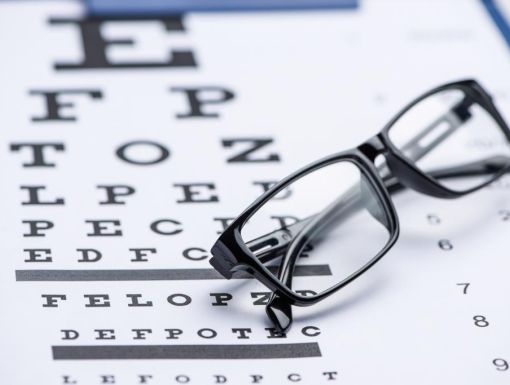
New Dissolvable Eye Implant Aims to Help Those with Glaucoma
Glaucoma is one of the leading causes of blindness in the United States, but a new treatment approved by the U.S. Food and Drug Administration could be a game changer for people diagnosed with this condition. DURYSTA is a tiny, dissolvable implant your eye doctor places in your eye and is an alternative to daily prescription eye drops. The implant works by releasing medication to help reduce high pressure (ocular hypertension) inside your eye.
DURYSTA is administered one time by your ophthalmologist and should not be implanted in the same eye more than once. The implant consistently delivers medicine and is designed to last several months. Your ophthalmologist can perform this in their office. Your eyes will not be dilated before receiving the implant. Afterward, you must remain upright for about an hour to allow the implant to settle. Your doctor will monitor you for any complications.
It is important to talk with your eye doctor to see if DURYSTA is right for you. The most common side effect was eye redness, but there are other side effects to be aware of, including:
- Eye pain
- Light sensitivity
- Dry eye
- Eye irritation
- Blurry vision
- Headaches
While there is no cure for glaucoma, it can be managed. Glaucoma causes vision loss by damaging a nerve in the back of your eye called the optic nerve. It usually happens when fluid builds up in the front part of your eye, and that extra fluid increases the pressure in your eye, damaging the optic nerve. There are different forms of glaucoma, but open-angle glaucoma is the most common, which causes blind spots to develop in your peripheral (side) vision as the disease progresses.
Some people have a higher-than-normal risk of getting glaucoma. This includes people who:
- Are over age 60
- Have family members with glaucoma
- Are farsighted or nearsighted
- Have had an eye injury
- Use long-term steroid medications
- Have corneas that are thin in the center
- Have thinning of the optic nerve
- Have diabetes, migraines, high blood pressure or poor blood circulation
It’s important to have regular eye exams. Your eye doctor can work with you to develop a treatment plan tailored to your eye care needs.
To learn more about Dr. Denise Capps, or to make an appointment, click here.
Learn more about optometry and ophthalmology at Ochsner.



